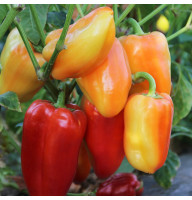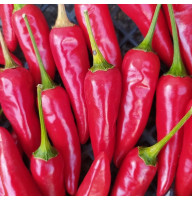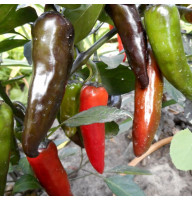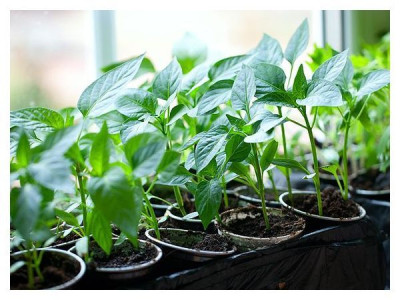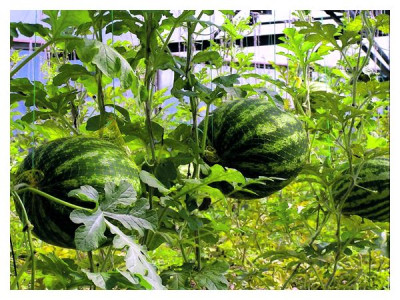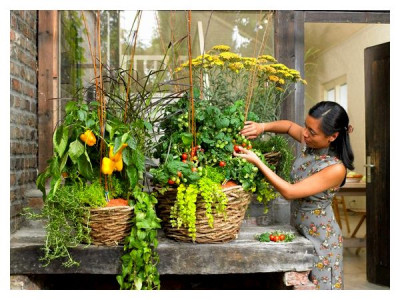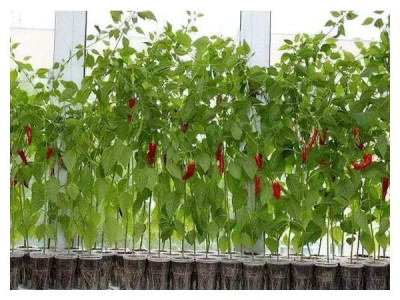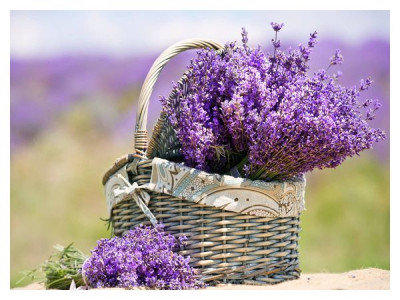Pepper is a perennial crop. But every autumn, with the onset of cold weather, we pull out the bushes and send them to the compost, although some plants still have buds and ovaries. Try replanting some of the more lush bushes in containers and bringing them indoors to extend the growing season.

Pepper does not always have time to please us with the harvest. On some bushes, only a small part of the fruits ripen. The growing season of pepper is also extended in time if the plants develop fruits from the crown flowers or too many stepchildren grow on the skeletal branches, that is, when the bushes were not properly formed.
It is a pity to throw away bushes that have not yet bear fruit with the onset of cold weather. Some of them can be transplanted into pots and placed in the house. Almost all varieties of hot peppers, as well as many undersized, small-fruited varieties of sweet peppers, tolerate transplantation well and successfully develop in containers.
How to prepare peppers for transplanting

You can start transplanting pepper on the eve of a cold snap, after harvesting. It is worth cutting not only ripe fruits, but also green ones, since a plant strewn with fruits does not tolerate transplantation well. The fruits will take away the strength of the bush, which it will need to adapt to new conditions. You can leave several ovaries only on bushes with a small number of side shoots.
Tear off the lower leaves on the bushes and cut off those shoots on which the crop is not formed and there are no buds. If there are still many flowers on the plant, trim off the top shoots that are directed into the bush. Pay attention to the pepper leaves: remove those with spots, and treat the bush with a biological product based on Bacillus subtilis (Fitosporin-M, etc.).
Carefully inspect the undersides of the leaves for aphids, spider mites and other pepper pests. If you find them, treat them with an appropriate preparation (for example, Fitoverm).
A few hours before transplanting, water the bushes generously with settled water and dig up the plants with a large lump of earth.
How to prepare containers for planting
The volume of the container for transplanting pepper depends on the size of the bush and root system. Low, compact bushes can be transplanted into three- or four-liter pots. For large bushes, it is advisable to take larger containers. You can use trimmed five-liter drinking water bottles for planting. However, peppers grow best in ceramic pots. Ceramics allow air to pass through and maintain a constant temperature in the root zone.
The soil for planting peppers should be nutritious, light, moisture-absorbing and breathable. You can buy ready-made universal biosoil for vegetable crops or prepare it yourself by mixing peat, humus or vermicompost, turf soil and sand in equal parts. If humus or vermicompost is not available, use mature compost.
How to replant bushes
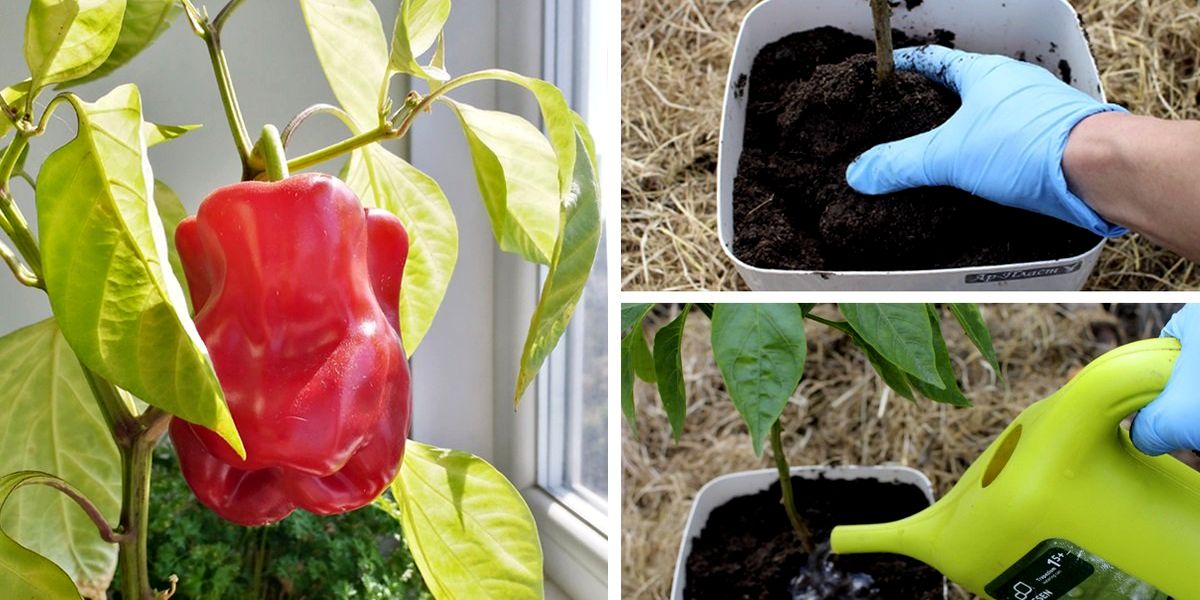
Fill the prepared clean containers halfway with soil and pour in a solution of biofungicide based on Bacillus subtilis to protect the plants from phytopathogens. Carefully place the bush into the container, being careful to keep the soil ball around the roots. Add the required amount of nutrient soil and water again with the biofungicide solution.
After transplanting, place containers with plants in partial shade for several days, and then move them to a brighter place. Water the bushes as needed approximately once every 7-10 days with settled water at room temperature. 14 days after transplantation, fertilize the plants with potassium-phosphorus fertilizer or ash infusion. To ensure that the pepper bushes continue to bear fruit in October-November, illuminate the plants with a phytolamp.
How to arrange a period of rest

Indoor hot peppers can bear fruit all year round without shedding their leaves. But most varieties of garden sweet peppers require a dormant period, especially if you do not have the opportunity to provide additional light to the plants. Therefore, at the end of autumn, after the fruits have ripened, you should trim the pepper shoots: shorten the skeletal stems by half (almost to the second fork) and remove all the leaves. Containers with pepper can be moved to a cooler place where the air temperature is 14-16°C. There is no need to add additional light or feed the plants - just water them as the soil dries out.
►If you want to propagate your pepper, do not throw away the cut shoots, but put them in a root formation stimulator for a day, removing all the lower leaves. Then plant in small containers filled with nutritious soil and make a mini-greenhouse. Place the cuttings in a bright place, but not in direct sunlight. And by the beginning of spring you will get new full-fledged bushes.
In February, new shoots will appear on the old bushes, and the pepper will begin to actively develop again. Move the pots to sunny windowsills and feed the bushes with complex organomineral fertilizer containing a large amount of nitrogen. And in the spring, when warm weather sets in, plant the peppers again in the garden bed or greenhouse. If you decide to keep the plants in containers, replant them in new nutrient soil. With careful care, some pepper varieties can live for more than five years.

Not only peppers, but also some other crops can be transplanted into pots and taken into the house for the winter: for example, tomatoes, strawberries, basil, parsley. You will get a small winter garden on the windowsill.

